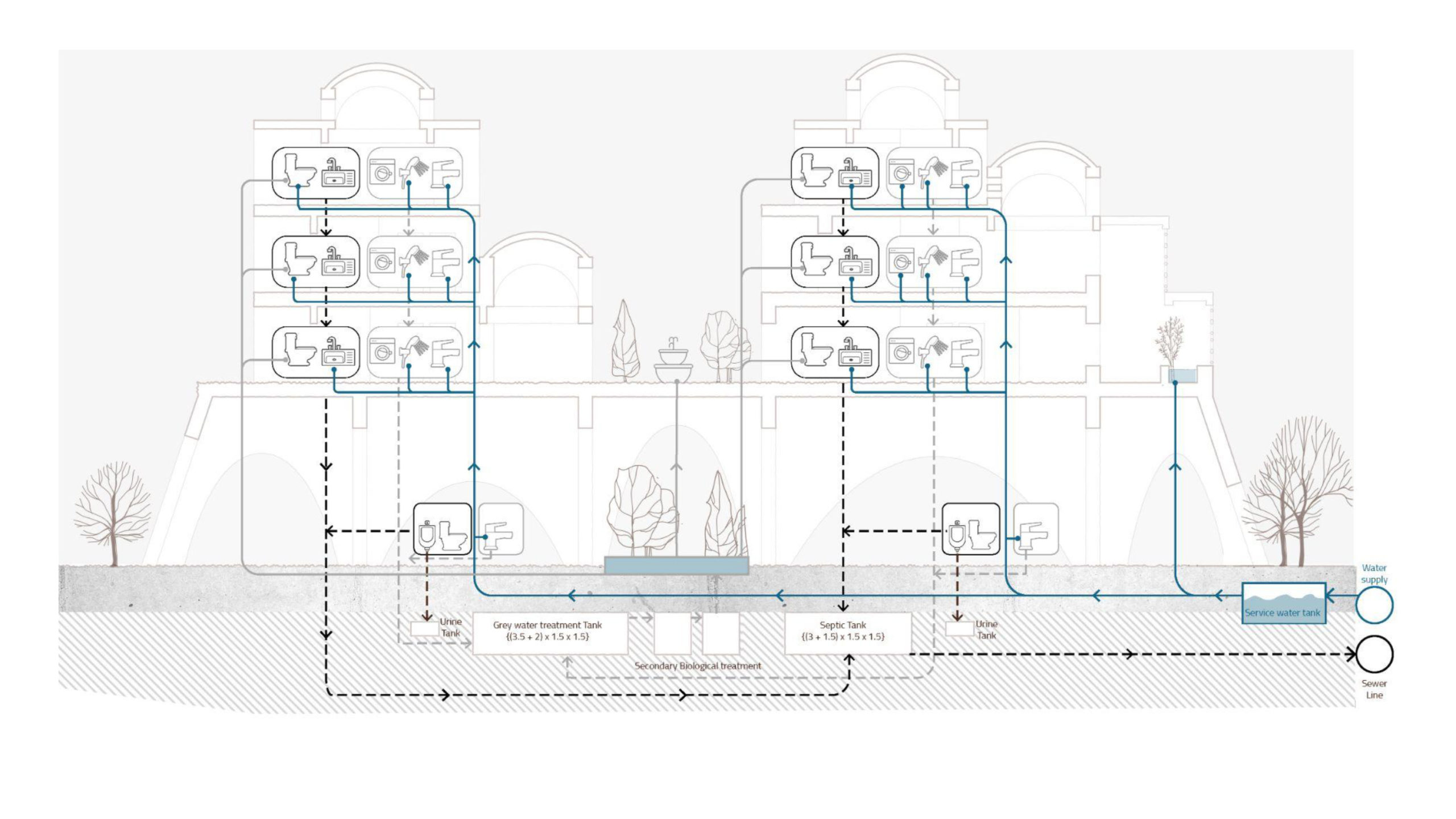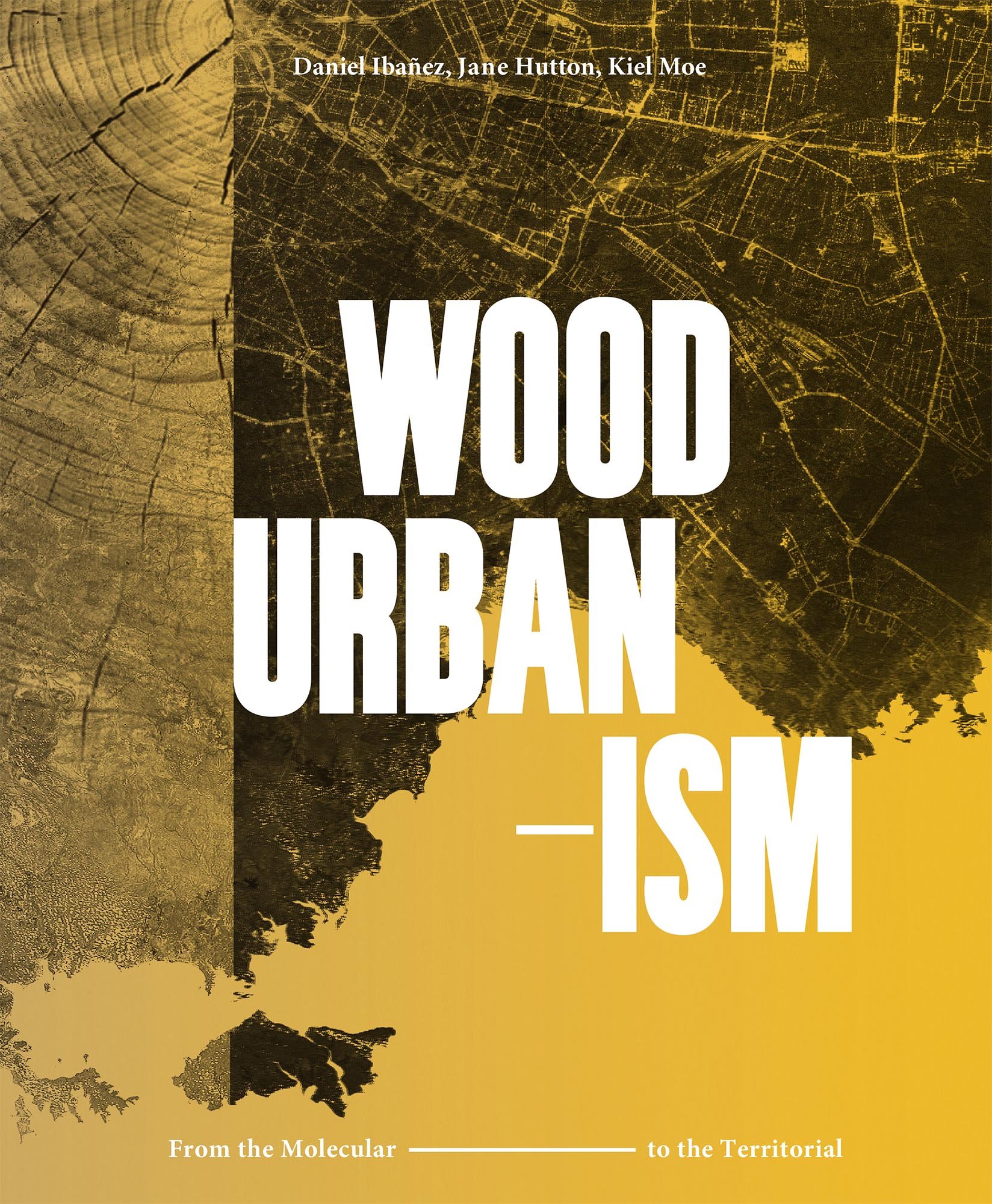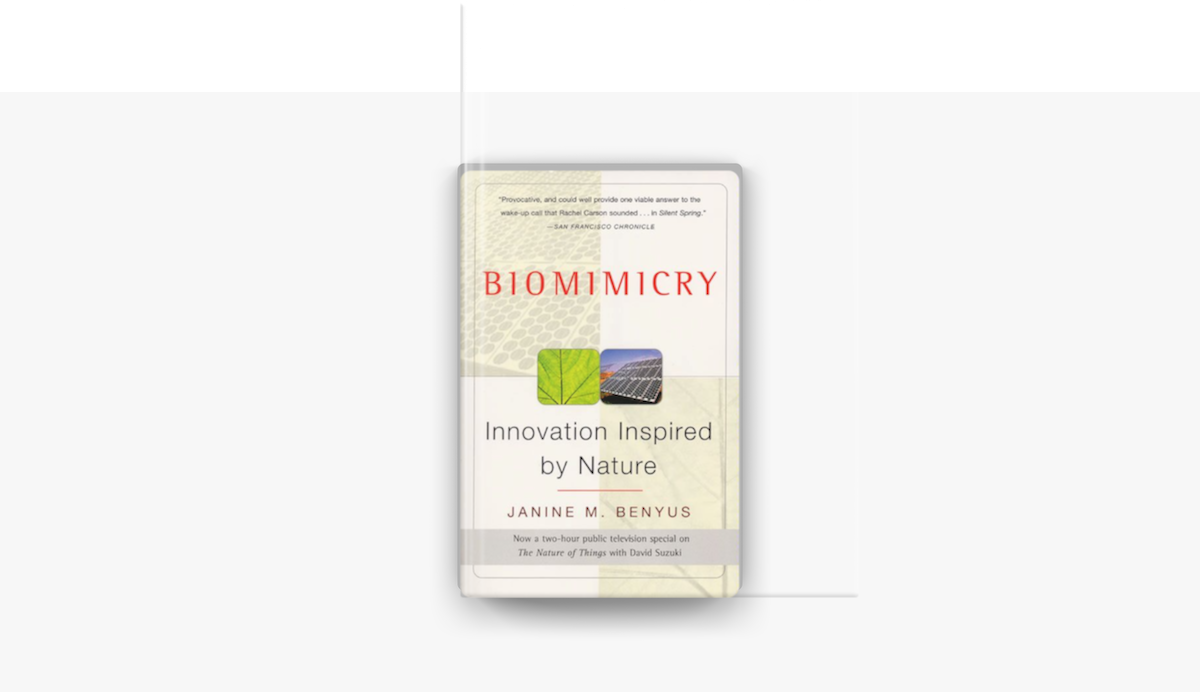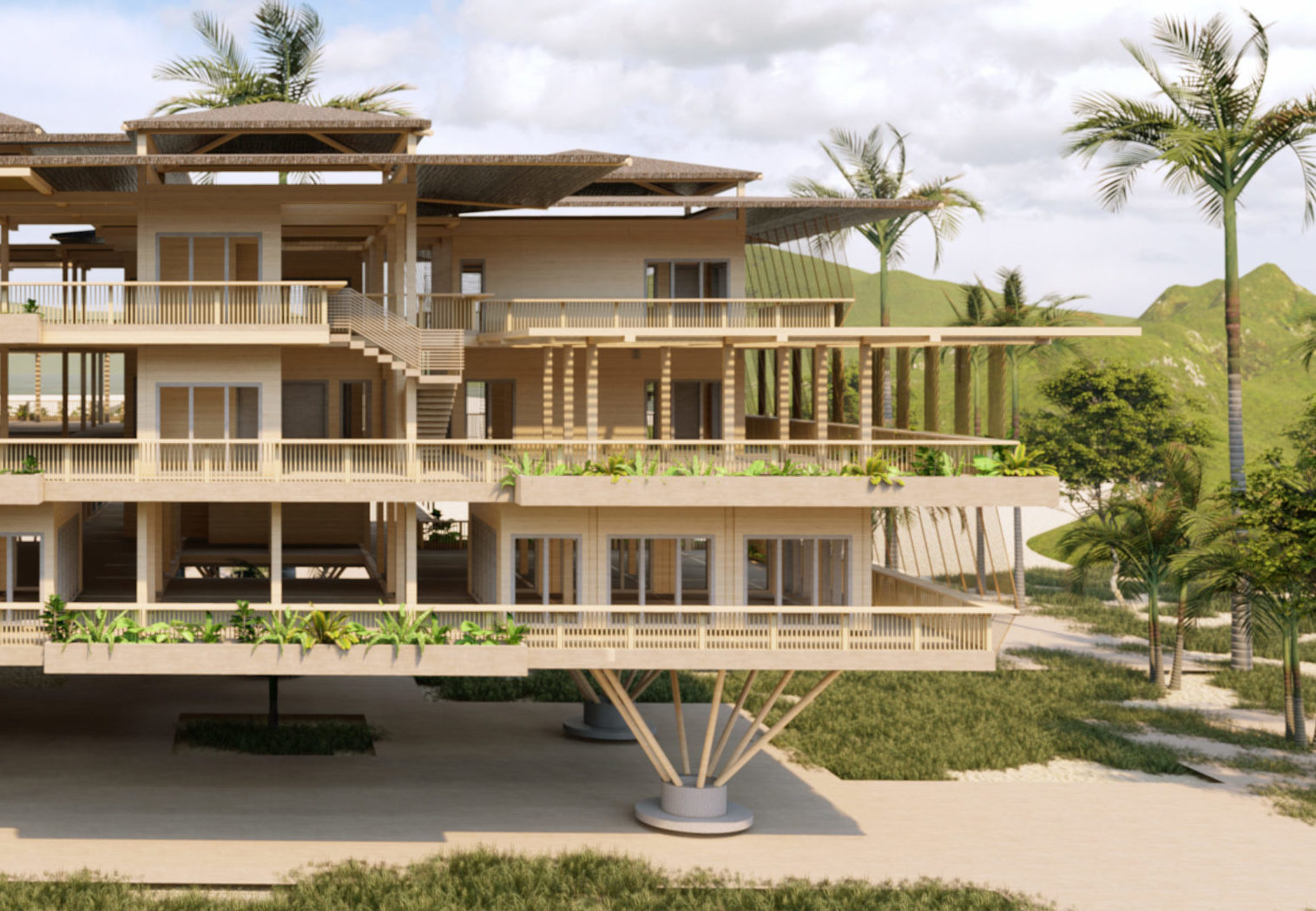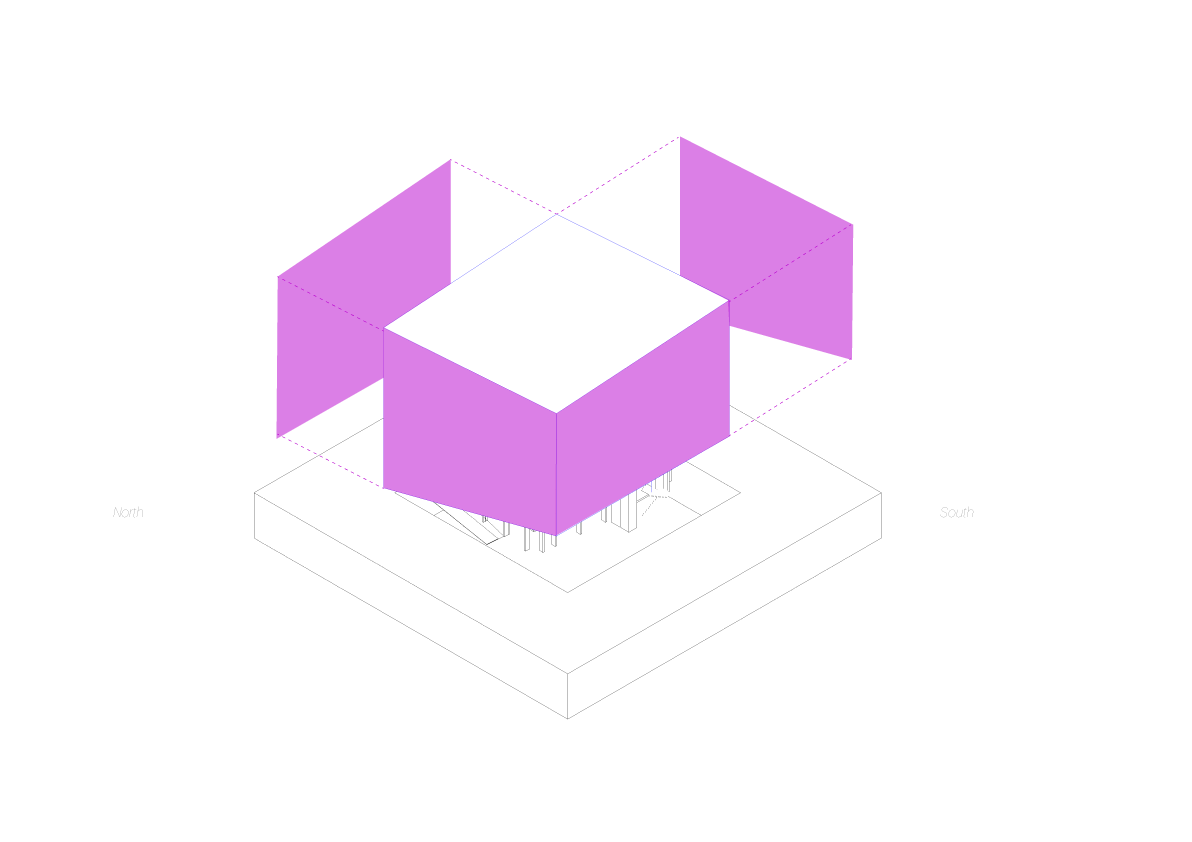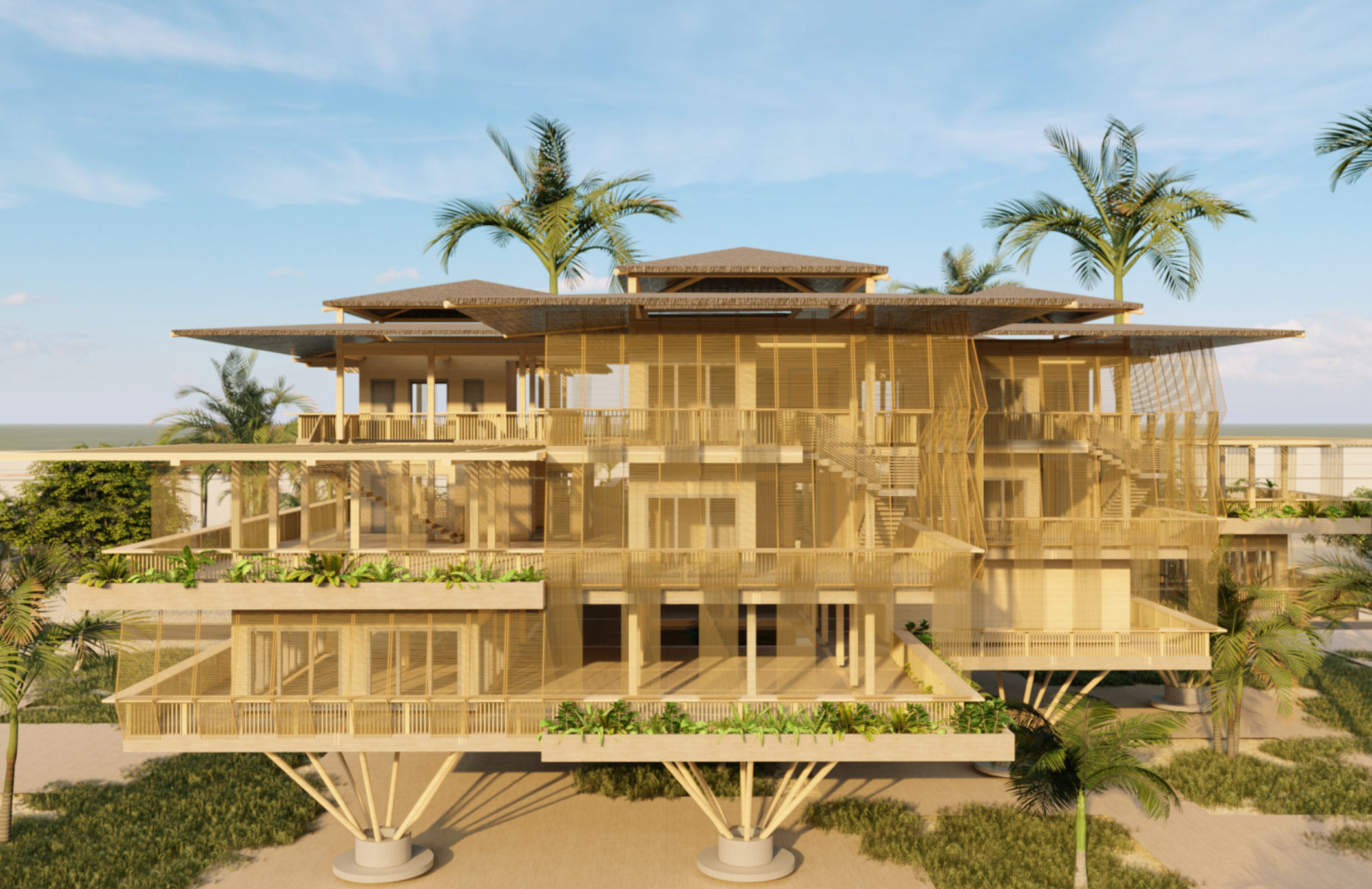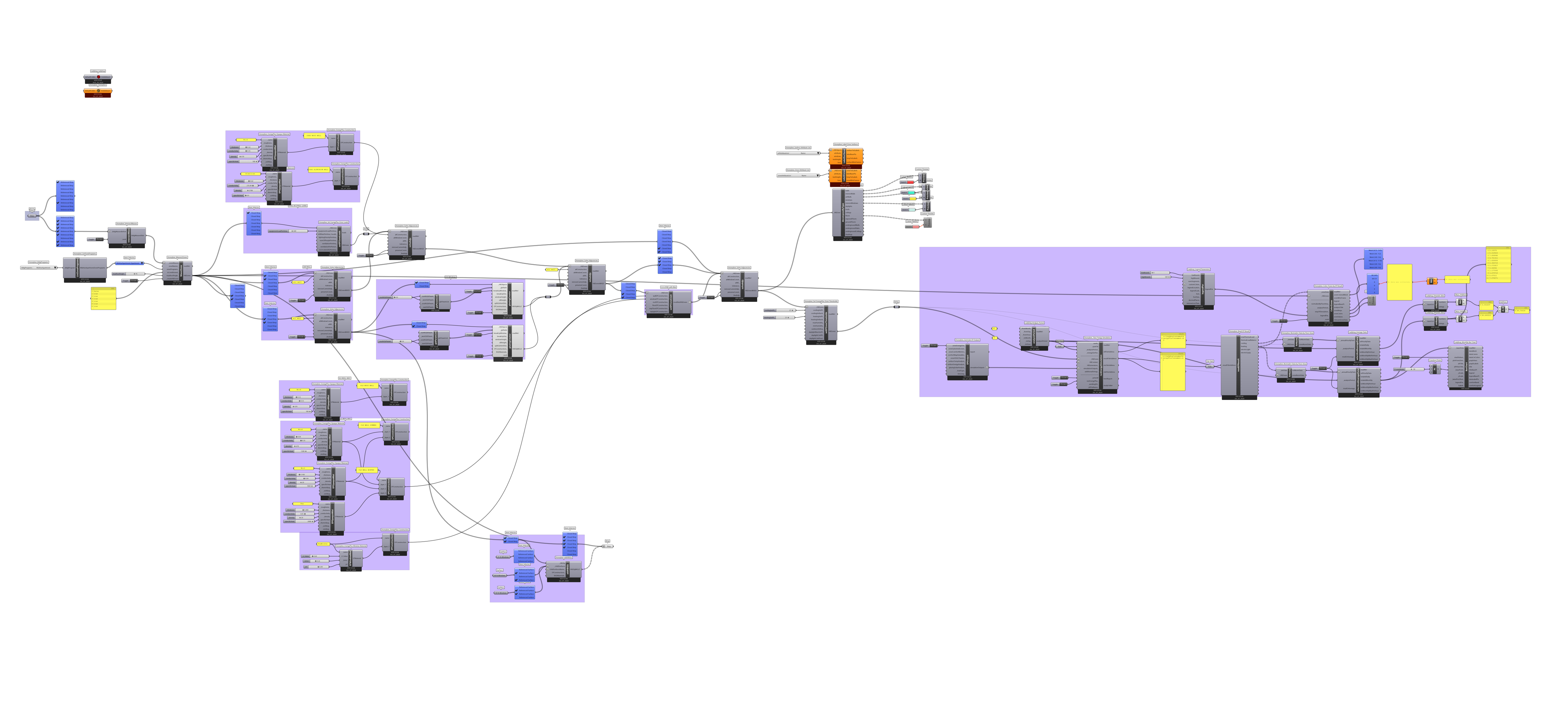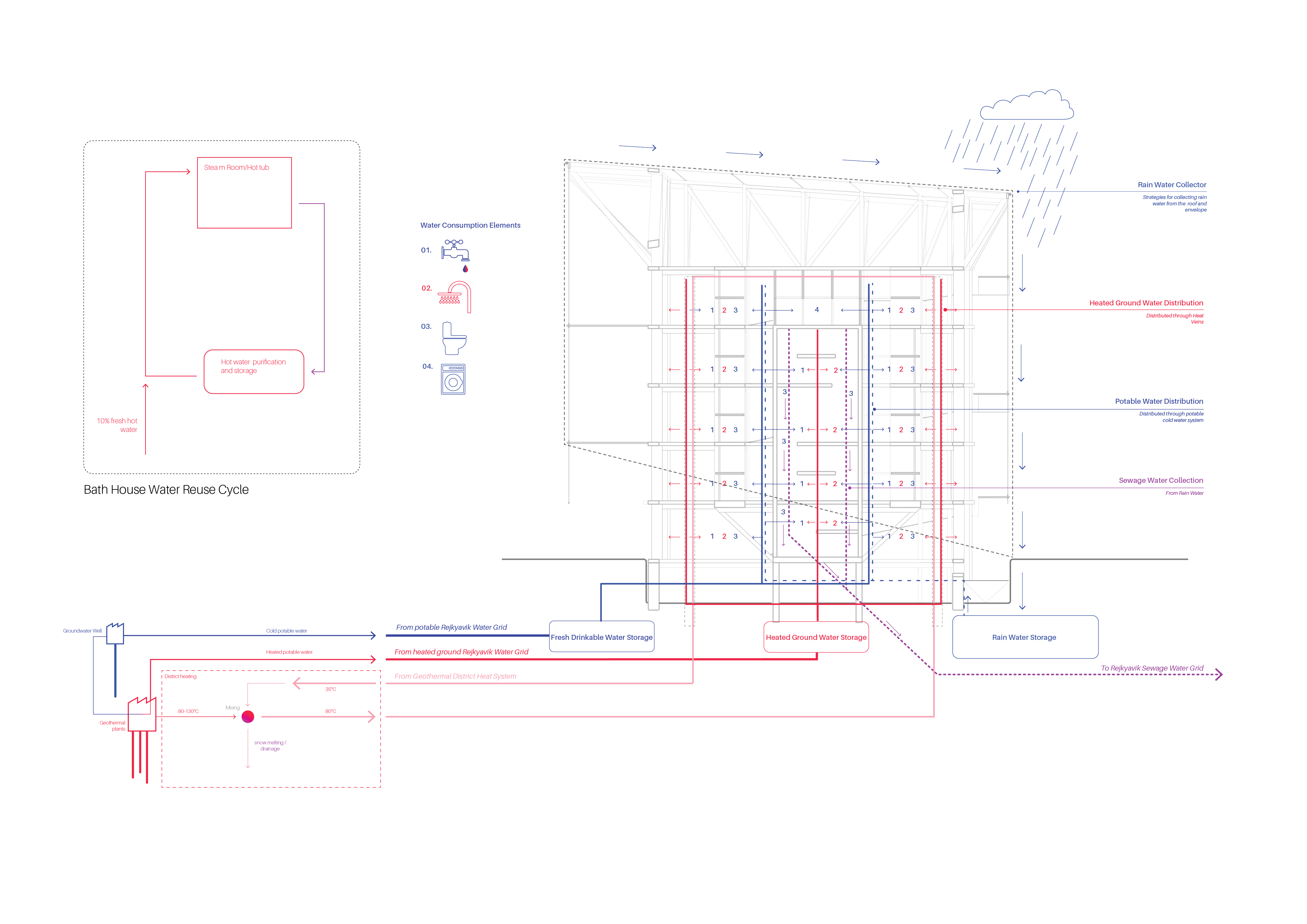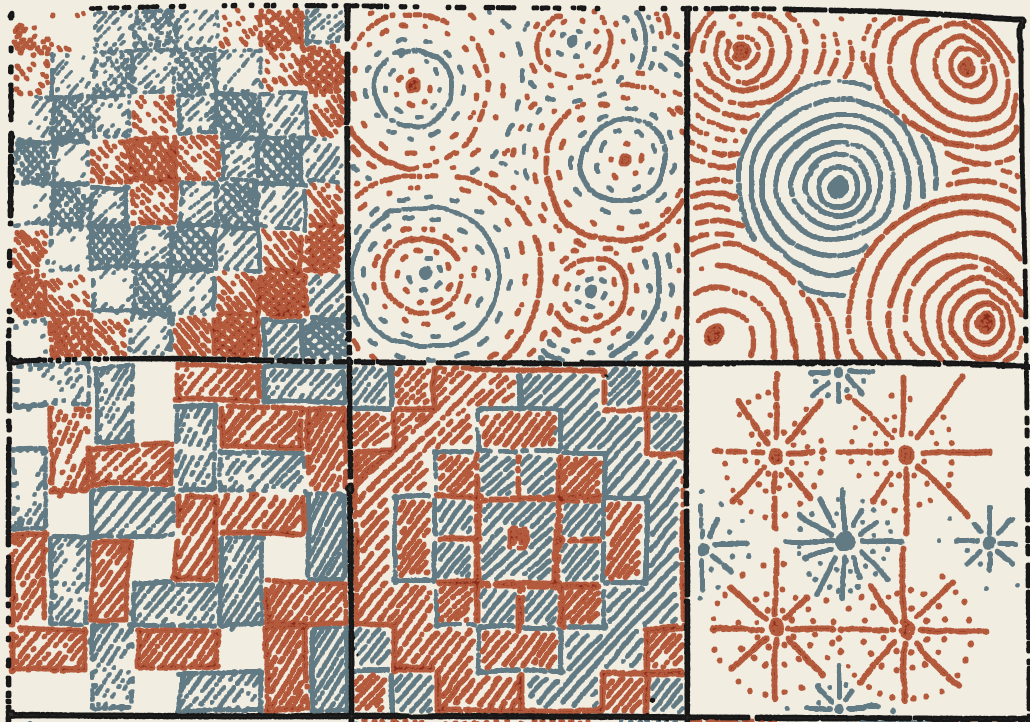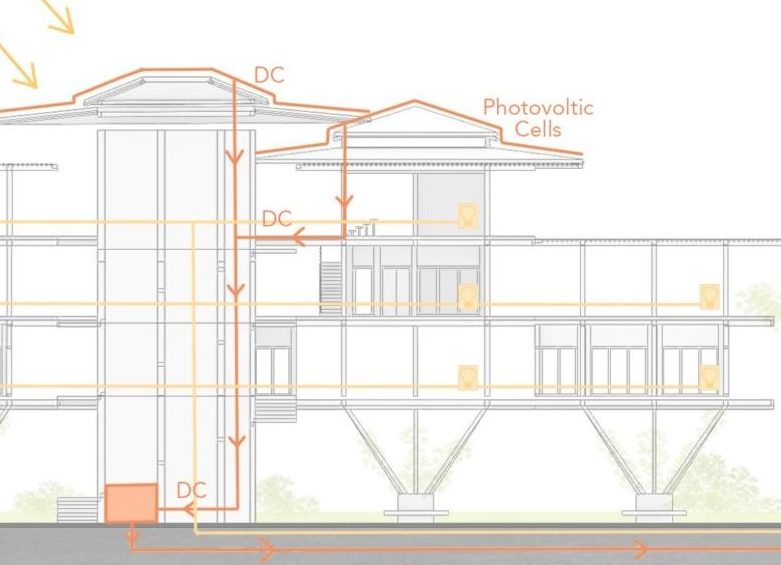ARCHITECTURE FOR THE POOR: An Experiment in Rural Egypt
This blog is a review of the book, Architecture for the poor: An experiment in rural Egypt by Hassan Fathy. “The building client I am interested in is represented by the 800 million people of the third world who, according to statistics, are doomed to die before their time because of the poor conditions they live in” – … Read more


